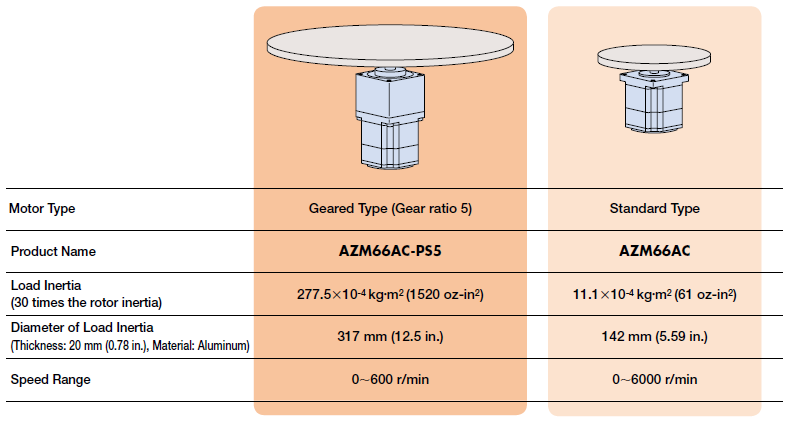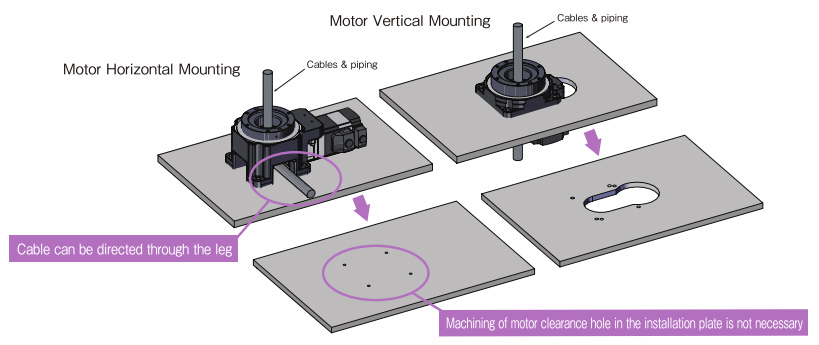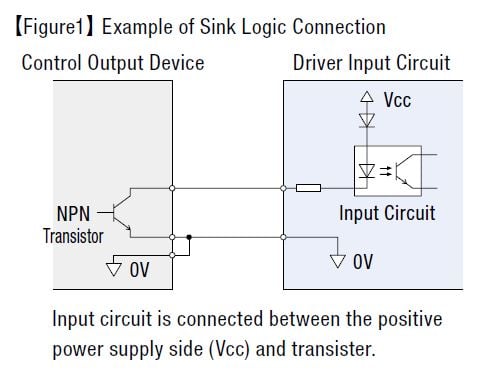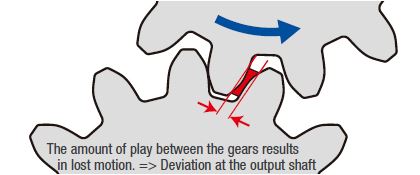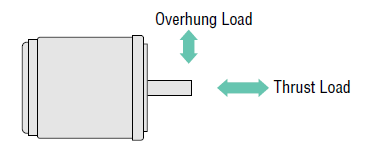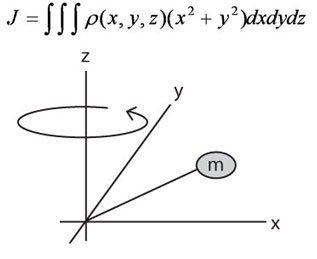Oriental Motor offers many pre-assembled geared motors for quality, consistency, and reliability. In addition, gearheads from our industry partners increase the torque range of our motors further to accommodate more applications. Here are some advantages of geared motors.
Welcome to Oriental Motor's "Engineering Notes" Blog:
Products and technology are only valuable when coupled with skilled people and services to support them. Since 1978, ORIENTAL MOTOR U.S.A. CORP. has been building a service and support system to better serve customers. It is our goal to provide the best product and service from the design phase, through the sale and beyond.
Our blog will feature:
- Introduction to new products and technologies
- Motion control basics and application examples
- Tips for motor selection, programming, and troubleshooting
Johann Tang
Recent Posts
Topics: AC Motors, Stepper Motors, Absolute Positioning, Alphastep Hybrid Control, BLDC Motors, Gearheads, Application Examples, Rotary Actuators/Index Tables
Flexible Configurations For Hollow Rotary Actuators
Topics: Stepper Motors, Robotics, Absolute Positioning, Alphastep Hybrid Control, Linear Actuators, Gearheads, Rotary Actuators/Index Tables
Control Basics: The Difference Between Sink and Source Logic
For someone who has never had experience wiring I/O for motion control, it can be scary the first time. If devices are not wired correctly, it can cause a range of issues from a motor simply not doing what's expected to irreversible product damage. I still get that nervous feeling before I press the START button on a demo. Murphy's Law, anyone?
Topics: AC Motors, Stepper Motors, Alphastep Hybrid Control, Linear Actuators, Speed Control, BLDC Motors, Servo Motors, Motion Control Basics
The significance of position control accuracy of motors varies depending on the application. For an AGV in a farm with DC motor-driven wheels, position control accuracy is probably not as crucial as a surgical robot where incisions are controlled by servo motors or stepper motors.
Topics: Stepper Motors, Alphastep Hybrid Control, Gearheads, Servo Motors, Motion Control Basics
Motor Sizing Basics Part 4 - How to Calculate Radial Load and Axial Load
Besides load torque, acceleration torque, speed, and load inertia, overlooking certain sizing parameters during the motor sizing process can literally make or break your machine.
Topics: AC Motors, Stepper Motors, Speed Control, Motor Sizing, BLDC Motors, Gearheads, Servo Motors, Motion Control Basics
A gripper is typically an end effector that is installed at the end of a robotic arm or on a cartesian robot and can be used to grip parts in order to transfer them from one location to another. However, there's more to it than just closing the jaws to pinch a part.
Topics: Stepper Motors, Robotics, Absolute Positioning, Alphastep Hybrid Control, Linear Actuators, VIDEOS, Application Examples
Motor Sizing Basics Part 3: How to Calculate Speed, Acceleration Torque, and RMS Torque
Now that we understand the calculations behind load torque and load inertia, we're a little closer to motor selection. You might be wondering why I separated load torque and acceleration torque calculations. That's because in order to calculate for acceleration torque, load inertia and speed must be calculated first.
Topics: AC Motors, Stepper Motors, Alphastep Hybrid Control, Linear Actuators, Speed Control, Motor Sizing, BLDC Motors, Servo Motors, Motion Control Basics
Motor Sizing Basics Part 2: How to Calculate Load Inertia
Topics: AC Motors, Stepper Motors, Alphastep Hybrid Control, Linear Actuators, Speed Control, Motor Sizing, BLDC Motors, Gearheads, Servo Motors, Rotary Actuators/Index Tables, Motion Control Basics
Motor Sizing Basics Part 1: How to Calculate Load Torque
Proper sizing of a motor requires that 3 criteria must be met: torque, load inertia, and speed. For the first part of this Motor Sizing Basics series, I will be explaining what load torque is, how to calculate it for specific application examples, and how it fits into the torque requirement for the application.
Topics: AC Motors, Stepper Motors, Alphastep Hybrid Control, Linear Actuators, Speed Control, Motor Sizing, BLDC Motors, Servo Motors, Rotary Actuators/Index Tables, Motion Control Basics, Conveyors
3 Ways to Troubleshoot AC Motors with a Circuit Tester
An AC motor is not working like it's supposed to. What do you do? Before replacing the motor, here are three ways to start troubleshooting your AC motor with a circuit tester.
Topics: AC Motors, Troubleshooting
